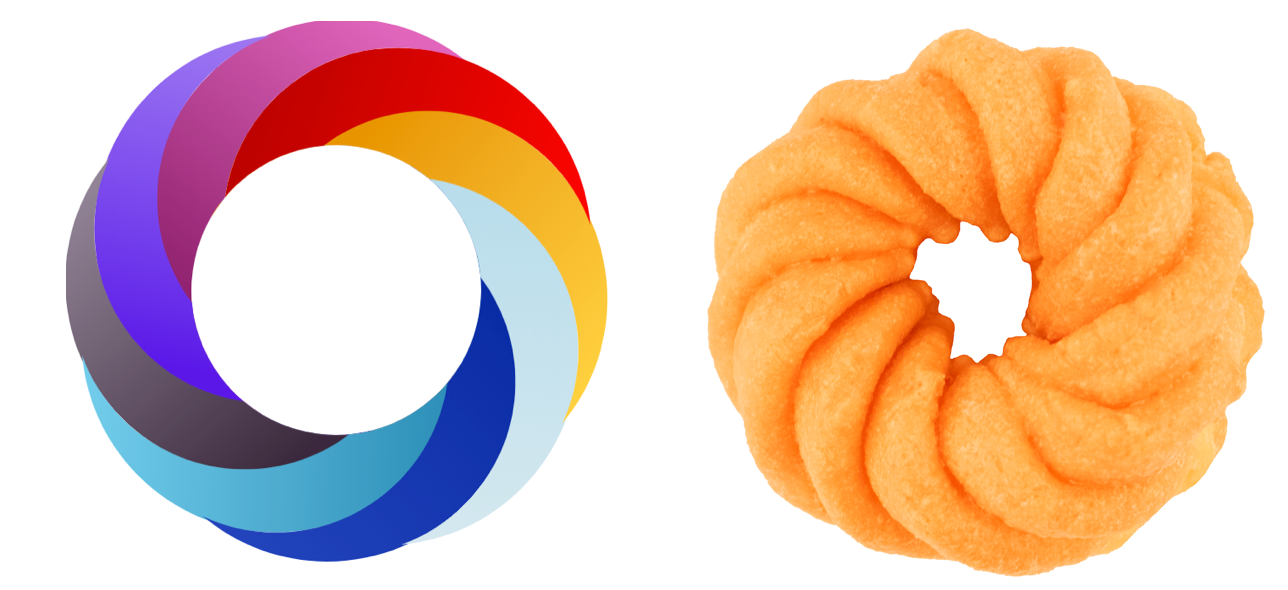Of Doughnuts, Donuts, and Flowers
A closer look at the Almetric design shows what you call it could make you hungry

I recently published a post about the problems with the Altmetric visualization, the iconic and colorful circle shown below:

In the post, I referred to the circle as a “flower” and occasionally as a “rosette.” It looks to me to have a central pistil or floret, with petals surrounding it. So, for me, the flower seems the natural visual metaphor. The Altmetric blossom typically has 8 petals, even if informed by more data sources behind the scenes.
I was corrected numerous times on Twitter that it is not a flower or rosette, but a “doughnut” or “donut” (a spelling bee experience in 4th grade makes that variance in spelling stand out to me).
Now, of course, a rose by any other name would still smell as sweet. But I’d never call a rose a doughnut, and I’d never call a donut a rose. So, there’s some room for interpretation here.
I used to make doughnuts/donuts as part of a long-ago college job, and I can tell you that frosting a hot pastry with 8 uniform, multi-colored swirls would be next to impossible.
However, there is a type of donut/doughnut that brings us closer to the look here — the cruller:

Now, I love crullers. They are delicious — airy, sweet, and tasty. You’ve probably had one, so you can bring to mind that mouth feel of biting into a plump and sugary cruller, and then tearing and chewing the tender-but-tough dough while the flaky white glaze crumbles on your lips and melts across your tongue. It’s amazing.
So, maybe it’s an Altmetric cruller. As a subset of the doughnut/donut family, I guess it fits the bill.
But I’m going to continue to call it a flower, if only so I don’t get hungry.
Whether a flower, rosette, donut, doughnut, or cruller, the Altmetric visualization suffers from a variety of maladies:
- The proportionality of the rings is misleading, since 80-90% of the data comes from one source — Twitter. One data source dominates, but each source is given the same real estate.
- The limitation to 8 rings usually leads to an incomplete representation of the data sources contributing the the score at the center.
Of course, the visualization problems are only part of the problems with Altmetric:
- Social sharing doesn’t equate with attention.
- Altmetric is too reliant on a black box that responds to advertising imperatives.
- This black box (Twitter) has become infested with bots and bad actors.
- The Altmetric weighting system doesn’t make sense.
- Altmetric does not generate a useful index.
The data services behind Altmetric are excellent. They should be enough. Altmetric should drop the pretenses of trying to create a stylish visual metric, and focus on the really useful services behind it.
Now, off to buy a cruller. How about you?